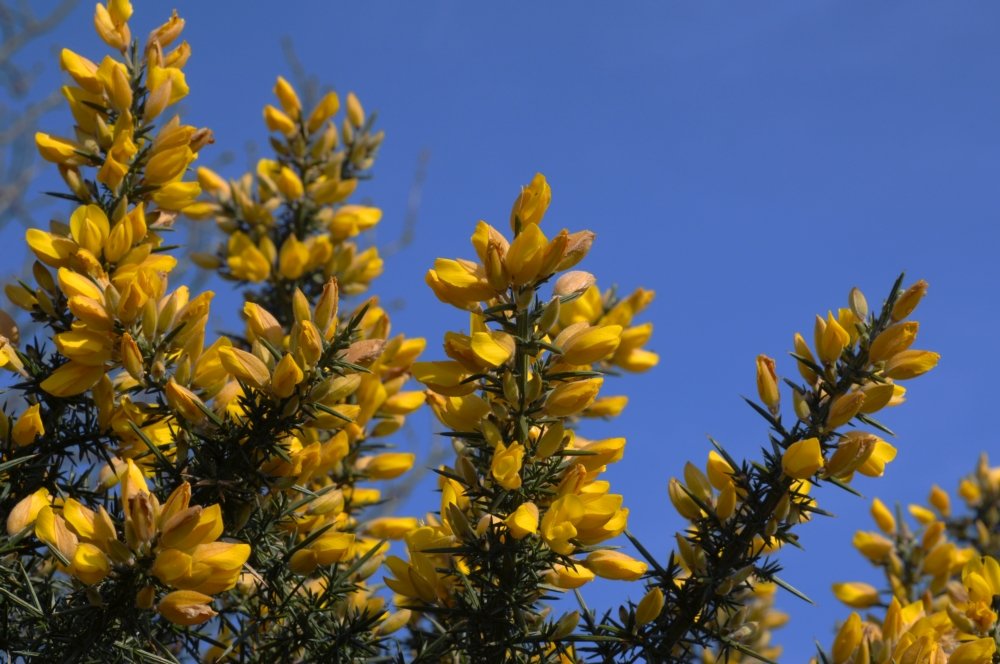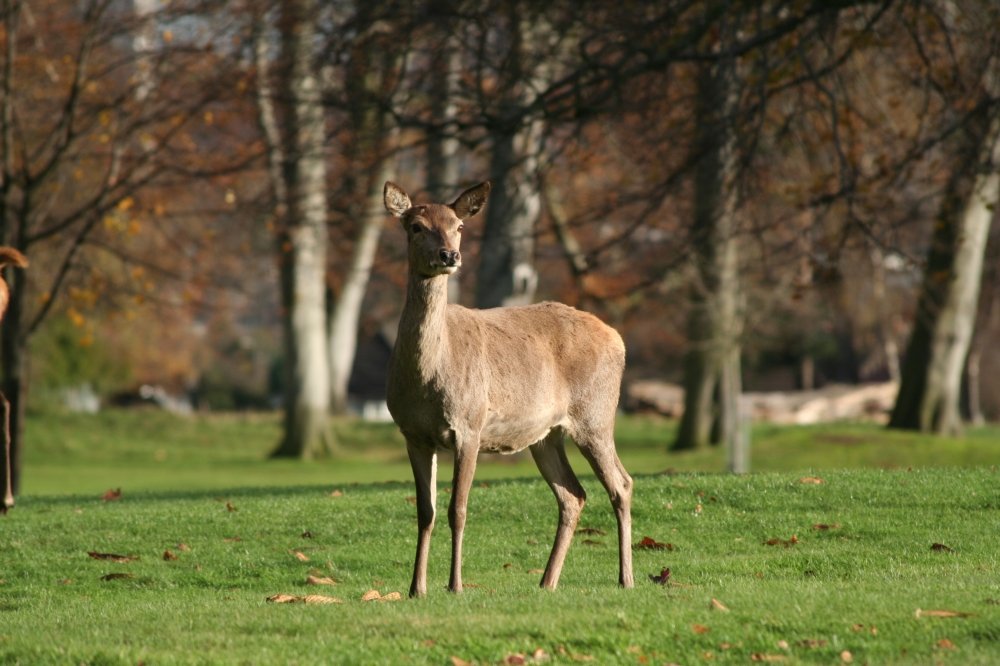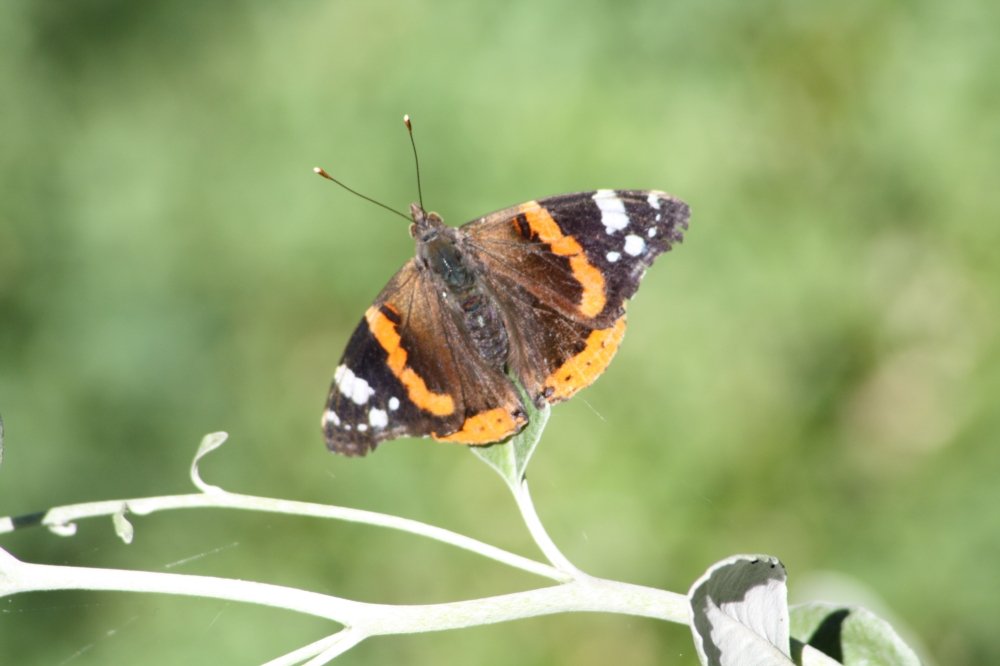May’s wildlife highlights
PUBLISHED ON: 5 MAY 2016This is the latest in a year-long series of monthly blogs, featuring seasonal highlights from the natural world in the New Forest. The New Forest is teeming with wildlife in May, meaning there is a lot to see, hear and smell.
Why not have A Date With Nature at the Reptile Centre in Lyndhurst to see some amazing creatures? The reptiles are usually easy to see and you should be able to spot frogs and toads too. Then there’s the live webcam to a bird of prey nest and knowledgeable staff and volunteers to help you learn something new.
Hawthorn hedges are covered with ‘may’ blossom and the verges are full of cow parsley, red campion and greater stitchwort. The elder comes into flower later in the month and the ash is the last tree to break into leaf. In woodland areas there is a pungent smell where wild garlic grows.

Heathland is awash with yellow gorse (above) and bracken begins to unfurl; you will also find lousewort, petty whin, heath milkwort and tormentil. Look out for cotton-grass, sundews and the rare early marsh orchid that grow in wet, boggy places.

Red (above), fallow and sika deer give birth to their young from May onwards. And early in the day the common lizard and adder like to bask in sunny heathland places. Keep an eye out for the much rarer smooth snake and sand lizard.
Dragonflies and damselflies start to emerge in mid-May and can be seen near streams and pools. See if you can spot the rare green hairstreak and small tortoiseshell butterfly in heathland areas, and the peacock, speckled wood, brimstone and red admiral (below) butterflies in the ancient and broad-leaved woodlands. Hornets, stag beetles, dung beetles and the southern wood ant are also active in the woodlands.

Woodland birdsong is at its peak in May — enjoy it while you can because it will begin to fade when the parent birds have nestlings to feed. The last of our summer migrants have just arrived including the spotted flycatcher, wood warbler, nightjar, honey buzzard, hobby and swift. Of these, the nightjar is one of the most evocative and characteristic of the New Forest. They breed throughout the heathlands, but only come out at dusk: catching moths and other night-flying insects in flight, and making weird churring noises that carry for a mile or more on a calm evening.

